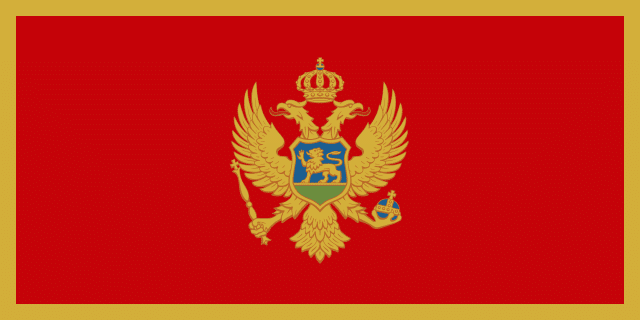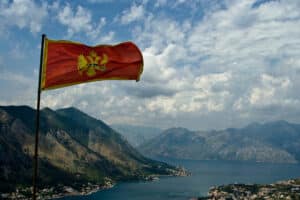Unofficial results of the Montenegrin parliamentary elections suggest the governing Democratic Party of Socialists of Montenegro (DPS) won the largest share of the vote. However incumbent president Milo Djukanovic did not declare victory on election night.
Exit polls put the DPS with just over a third of the vote share, which would be its weakest ever performance. To form a ruling majority, the Democratic Front, which is mainly representing ethnic Serbs and Serbian Orthodox population in Montenegro, will have to reach a coalition agreement with a pro-EU Democratic Montenegro, as well as progressive URA movement, according to the projections.
Results
Five parties and six coalitions competed for votes on the 30th of August. Determinately for Montenegro! Democratic Party of Socialists of Montenegro – Milo Djukanovic won 34.9% of ballots which translates into 30 out of the 81 seats in parliament.
For the Future of Montenegro – Democratic Front came in second, with around 32.6% (27 seats) of the votes. Peace is our nation – Democrats – Democratic Montenegro – Demos – Party of Pensioners with Disabilities and Restitutions – Civic Movement New Left won approximately 12.5% (10 seats) of the votes. Dr. Dritan Abazovic – Black and White – Dr. Srdjan Pavicevic – (Civic movement URA, Justice and Reconciliation Party, Voters Group CIVIS and Independent intellectuals) – Citizens got 5.7% (4 sets). Social Democrats won 4.2% (3 seats). Bosnian party won 4% (3 seats). The Social Democratic Party of Montenegro won 3.1% (2 seats) while the Albanian list and Albanian Coalition won 1 seat each.
The Center for Monitoring and Research estimated that 408.084 citizens went to the polls in Montenegro, i.e. 76.68% of registered voters.
What next?
This result could still play out in several ways. However, whichever ruling majority takes over the government will face a severe economic crisis, consequence of the COVID-19 pandemic and the failed touristic season. If the opposition manages to form a majority, the solution to these problems will take place in an atmosphere of complete political division – since Milo Djukanovic can remain president until 2023. The regime of cohabitation and division of power is entirely unknown in Montenegro. Even though the president of Montenegro does not hold great powers based on the constitution, Djukanovic seized them by being a symbol of power regardless of his position in the government.
There would also be concerns about the pro-Russian, Serbian nationalist elements among the parties opposing the DPS if they managed to form a governing coalition. But a change of government after almost 30 years would send the world a message about Montenegro.
Election’s background
Sunday’s election was primarily marked by a dispute over a law on religious rights introduced in late 2019 that is staunchly opposed by the influential Serbian Orthodox Church.
The Law on Freedom of Religion stipulates that the state becomes the owner of all religious buildings that were built until December 1918, if religious communities do not prove ownership over them. The Church has argued that the law allows the state to confiscate its property as a prelude to setting up a separate church. The government has denied this.
The Serbian Orthodox Church remains Montenegro’s largest religious institution, and a third of its population identify as Serb. Protest marches in Montenegro have been organized since the end of 2019. Due to the COVID-19 measures during summer car liturgies were taking place in Montenegro.
A week before elections supporters of the Serbian Orthodox Church organized the car-liturgy in Belgrade. Several thousand citizens left for Montenegro from Belgrade in a 5 kilometres long queue. In the available videos, the protestors are seen wearing banners – “We won’t give up our sanctuaries,” “Montenegro – Serbia, one family”.
The sparks between the government and the Serbian Orthodox Church lit up in the pre-election campaign after the Metropolitan of Montenegro, Amfilohije, publicly called on the citizens to vote against the government. The Church’s involvement may have encouraged a high turnout of more
Sources: BBC, Balkan Insight, Radio Free Europe, European Western Balkans, Euronews, N1
Photo: Wikimedia Commons



